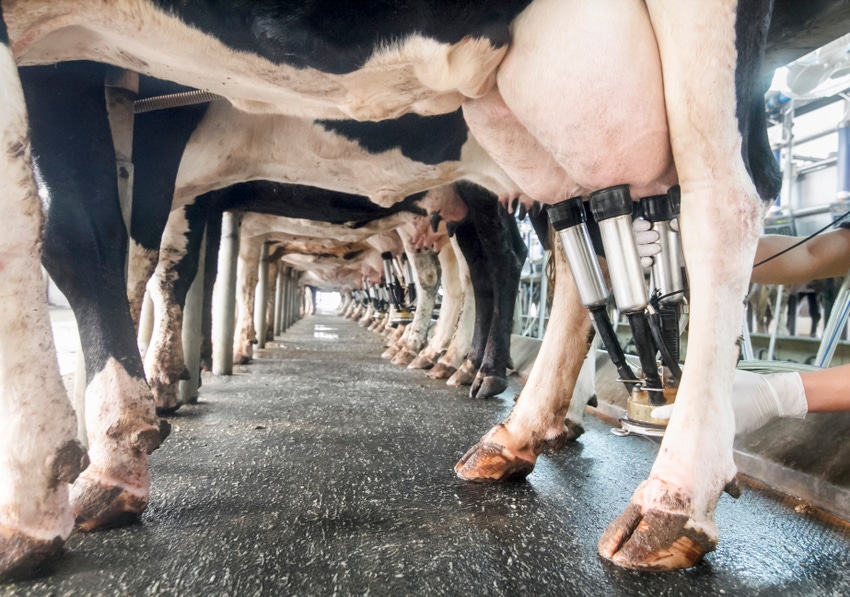Maintain mastitis diligence during summer
Reduce bacterial challenge during summer months so dairy cattle are as resistant to new infections as possible.
May 29, 2019

Dairy cows are at the greatest risk for new mastitis infections during the early and late dry period, but an effective dry cow therapy program can help minimize the number of new infections during the dry period and limit clinical mastitis at freshening, according to information from Boehringer Ingelheim.
“Mastitis is due to multiple factors and can be especially challenging in the summertime,” said Dr. Linda Tikofsky, senior associate director of dairy professional veterinary services at Boehringer Ingelheim.
That’s why an effective dry cow management program is typically multifaceted, she said. “During the summer months, we need to reduce the bacterial challenge and make sure our cattle are as resistant to new infections as possible.”
Tikofsky said to help prevent mastitis:
* Reduce bacteria in the environment. “Bacteria like three things,” Tikofsky said. “They like food such as manure, they like warmth and they like humidity. So, as it gets warmer, the environment becomes more conducive to bacterial growth.” To help minimize bacteria in the environment, clean stalls and alleyways several times a day to remove organic matter.
* Follow good parlor procedures. Good procedures include making sure milking equipment functions properly and teats are clean and dry before attaching milking equipment. Use an effective teat dip immediately after milking, and maintain good udder hygiene between milkings.
* Keep cows cool and comfortable. Maintaining good ventilation and using fans, sprinklers and misters helps minimize stress that can compromise the cows' immune system.
Identifying the bacteria that cause trouble on a dairy can help determine if an infection warrants treatment. “We know from research that not all mastitis cases need to be treated,” Tikofsky noted. “In some cases, the cow will cure herself.”
For those infections that need treatment, knowing the pathogens involved can help herd managers and veterinarians select antibiotics that will be most effective.
“We also know that some pathogens will not respond to any antibiotics,” Tikofsky said. “There’s no effective treatment for Mycoplasma species, for example, and Pseudomonas species are resistant to most antibiotics.”
To identify the specific pathogen, producers can take a milk sample, culture it and wait 24 hours for results before deciding to treat in mild to moderate cases, she said. Sampling can be done without a negative effect on cure rate or animal welfare. However, for severe mastitis cases, treat cows right away with an appropriate treatment protocol.
“Your veterinarian understands the disease process, the bacteria responsible and the management practices on your dairy,” Tikofsky explained. “They can be very good counselors in helping you develop a good mastitis prevention and treatment protocol.”
You May Also Like



